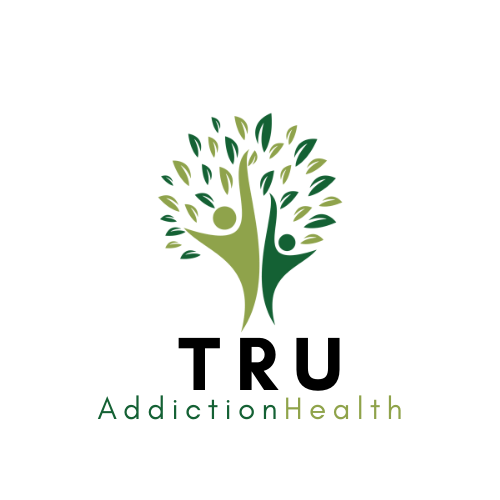D carpet treatment of veterans with opioid use disorder increased during the very first year of the pandemic, according to a brand-new research study, recommending that the quick shift from in- individual to telehealth gos to at VA medical centers allowed patients to get gain access to to care regardless of Covid- associated interruptions.
The research study, released Thursday in the American Journal of Psychiatry, discovered that the number of Veterans Health Administration patients getting buprenorphine for opioid use disorder increased 14% in the very first year of the pandemic compared with the preceding 12 months. This corresponded with a substantial dive in use of telephone and video telehealth gos to for recommending buprenorphine, from 11.9% of gos to in March 2019 to 82.6% in February 2021.
Buprenorphine is one of just 2 treatments associated with minimized death amongst people with opioid use disorder and the just one that is quickly available at centers and physician’s workplaces.
ad
The lead scientist, University of Michigan addiction psychiatrist Allison Lin, acknowledged that it’s tough to tease apart the impacts of Covid– such as an boost in opioid use, overdoses, and requirement for care– from the impacts of increased telehealth use on the increase in continuing buprenorphine. However plainly telehealth gos to played an crucial function in alleviating gain access to to treatment at a time when overdose deaths skyrocketed.
” We understand that the greatest factor to overdose is continuous addiction, consisting of opioid use disorder,” stated Lin, who likewise works at the VA Ann Arbor Healthcare System. “We do have some extremelyeffective treatments However the large bulk of people with opioid use disorder do not receive these treatments.”
ad
It’s tough for hospitals to make huge modifications in a percentage of time, however Covid was the “experiment you never ever asked for” that changed health care overnight, Lin stated. Starting in March 2020, providers were able to recommend buprenorphine without the preliminary in- individual check out usually needed for controlled compounds, utilizing an exception under the general public health emergency statement. Accompanying policy modifications consisted of insurance coverage for telehealth visits.
” It wasn’t simply that people were utilizing more telehealth, it was that the large bulk of buprenorphine care transitioned to telehealth and the most frequently used method was phone,” Lin stated.
During the pandemic, telephone gos to were most used– accounting for 86.7% of gos to amongst over 13,000 patients continuing buprenorphine, followed by video calls, and then in- individual gos to.
Haiden Huskamp, a teacher of health care policy at Harvard Medical School who was not associated with the research study, stated the remarkable flip in how care is offered and the number of audio-only gos to stands out.
Based on the national Veterans Health Administration information, the general boost in use was associated to less patients stopping buprenorphine treatment in the pandemic’s very first year. The number of patients starting the drug reduced over the very same period.
” It is unclear if these findings generalize to other settings,” stated Lori Uscher-Pines, a senior health policy scientist at the RAND Corporation who was not included with the research study. “The VHA deals with less barriers to providing telehealth gos to in high volume and had more advanced telehealth programs prior to the pandemic than other settings.” She included that future research study must resolve what is driving the pattern towards less initiations of buprenorphine treatment.
When the general public health emergency statement ends, patients relying on telehealth would have to make in- individual gos to when again if the law isn’t altered. “I’m not exactly sure what would take place to these patients who have actually been getting their buprenorphine treatment through telehealth, who have actually just understood care through telehealth,” Lin stated, promoting for continued use of telehealth after the pandemic ends.
While there were more patients staying on buprenorphine treatment through virtual visits, scientists discovered a drop in other treatments for substance use disorders during the pandemic.
Considered That many health care use– from preventative treatments to care for persistent conditions– reduced during the pandemic, Lin stated it is possible that telehealth policies are more complicated to execute for types of addiction like alcohol use which need therapy, not simply medication.
A common issue with telehealth is the prospective for improper prescribing. Nevertheless, Lin describes there is not any evidence that in- individual gos to minimize unneeded or hazardous prescriptions nor exists proof that telehealth methodically leads to increased misuse.
” Who the heck cares?” stated Ateev Mehrotra, a teacher of health care policy at Harvard Medical School who studies telemedicine, acknowledging that this is his individual viewpoint on a controversial problem. “If a single person with opioid use disorder provides buprenorphine to another individual with opioid use disorder and diverts it … if they’re utilizing it to manage their withdrawal symptoms, and they’re less most likely to use heroin or fentanyl and pass away, perhaps this is a good idea.”
Mehrotra explains that studying the effect of telehealth on patient results is challenging because “people who use telemedicine are generally more informed, more advanced, they’re truly going to do much better anyways,” and it’s tough to discover a controlled method to compare a group of patients who receive telemedicine options to those who do not.
